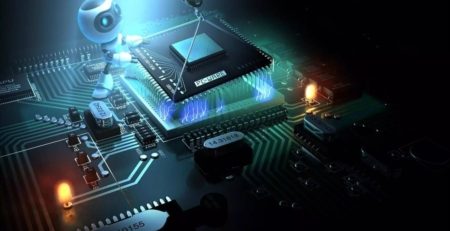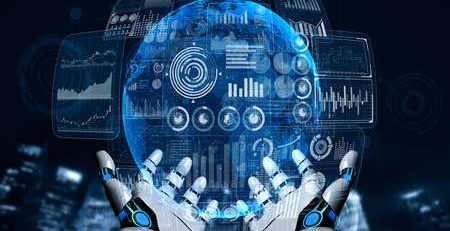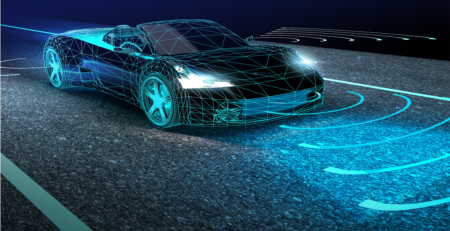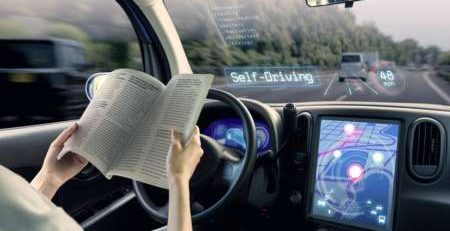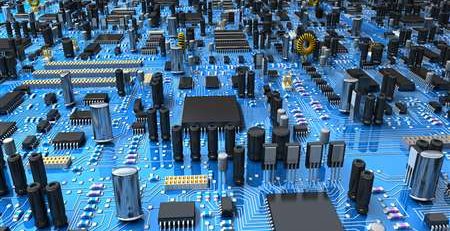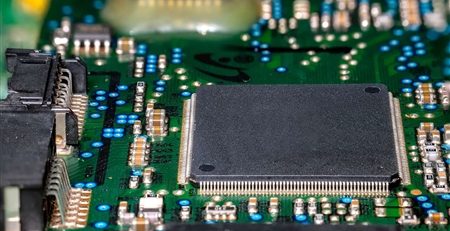The relationship between autonomous driving and assisted driving
Autonomous driving and assisted driving, as the most popular technological fields at present, are simply the deep integration of computers and machinery. For now, most visions for autonomous driving are positive. This is also the motivation for researchers to devote themselves to it, hoping to improve traffic efficiency, reduce accident rates, save energy consumption, etc. through this project.
However, behind the bright future is the hard work of countless researchers. They have brought autonomous driving from the laboratory to the life of each of us, bringing new trends to the development of the automotive industry.
In 2016, AlphaGo defeated Go master Lee Sedol, which gave birth to the idea that artificial intelligence will greatly accelerate the commercialization of autonomous driving. As a result, a large number of self-driving companies have sprung up, and the financing amount of global self-driving companies has reached hundreds of billions of dollars for several consecutive years.
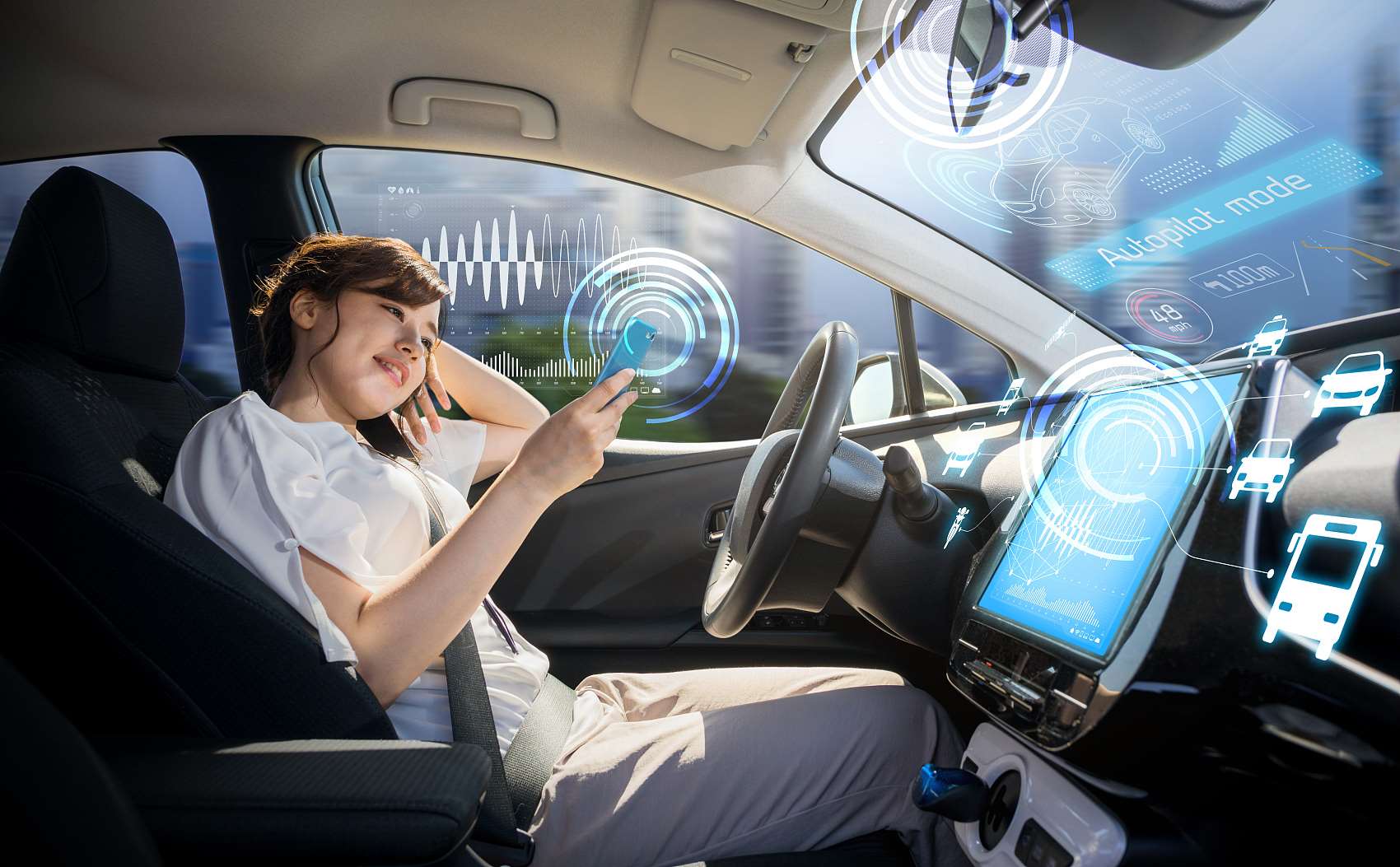
After 2019, as the speed of industrialization of autonomous driving and the difficulty of technological update breakthroughs continue to increase, the autonomous driving industry has entered a cold winter. Many small and medium-sized enterprises have begun to transform into the field of assisted driving.
In the face of such a situation, in addition to technical reasons. Another more important reason is that autonomous driving, as a new technology, fails to meet the user’s expectations very well, causing a very large gap between the product that the user expects and the actual product.
The reason for the current situation is that major companies exaggerate the function of autonomous driving. When the product hits the market, users discover a huge gap between expectations and product performance.
The specific performance of autonomous driving is the accumulation of functions. Whether it is the driving function or the parking function, it is all available at the functional level. Similar to the previous Nokia’s machine-sea tactics, it has become an automatic driving function tactics. According to IDC’s data forecast, in Q1 2022, the penetration rate of L2 level autonomous driving functions will only be 23.2%. Users can use NGP intelligent navigation to assist driving in scenarios such as highways, expressways, and ordinary urban roads. This also means that autonomous driving has officially opened up competition on urban roads, but it can only be called assisted driving.
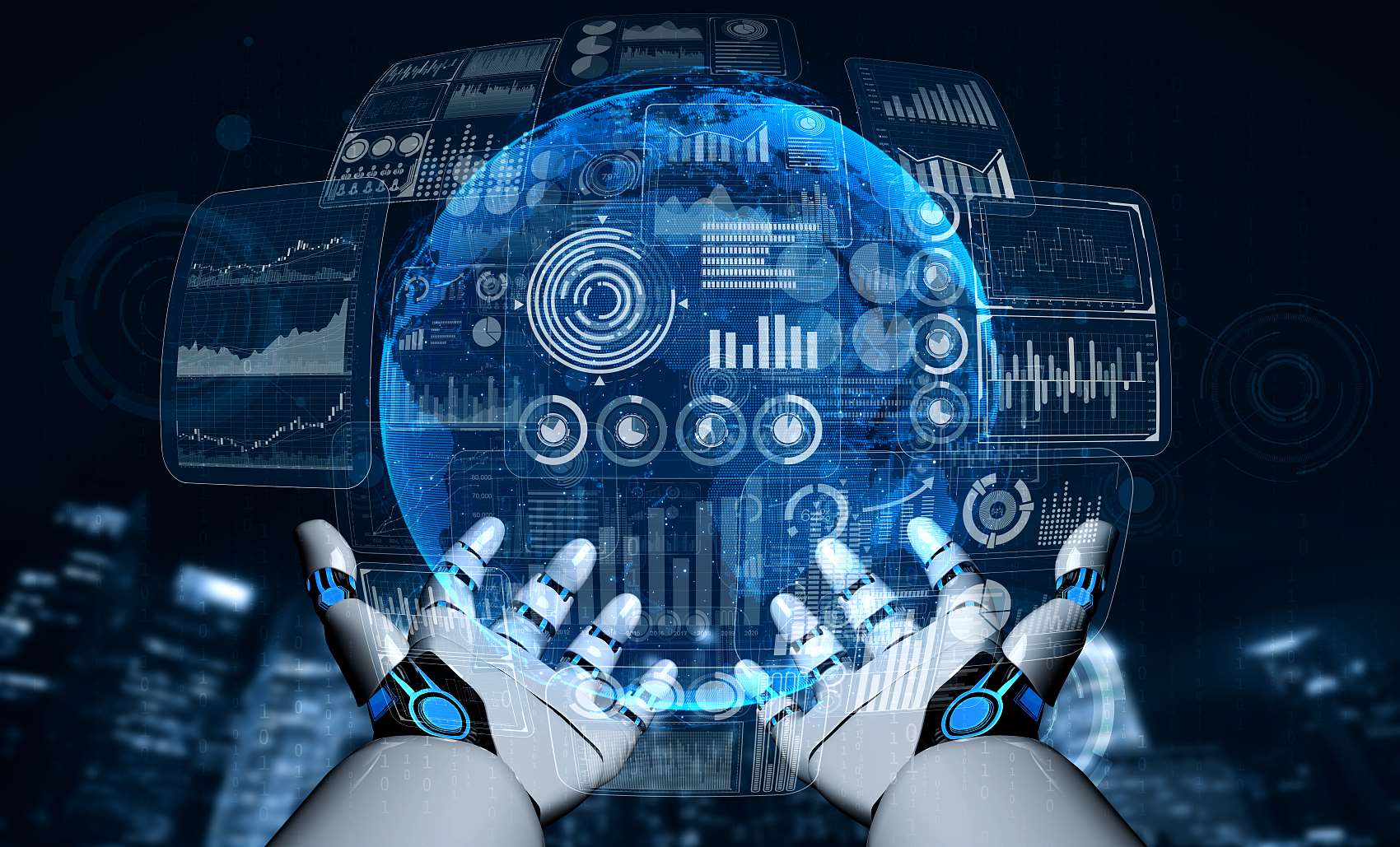
Urban autonomous driving is just an extension of the autonomous driving scene, and there is no breakthrough technical insight. From parking scenarios, high-speed scenarios to urban scenarios, the technical complexity of application scenarios is increasing, and the corresponding user experience will become more complex. Only one factor will decrease, that is, user expectations. Through the data-driven approach to verify the robustness and accuracy of the algorithm model, the competition for autonomous driving has entered the data level from the functional level. Therefore, although autonomous driving technology is still improving, it is still at the data level. Only when the autonomous logic level is truly realized, autonomous driving is truly autonomous driving.
xt-shenzhen, a global supplier of original electronic components, specializes in providing customers with most of the various chips used in smart cars. Such as functional chips, power semiconductors and sensors, including AI chips for autonomous driving, MCUs, IGBT power devices, and a series of chips for autonomous driving perception systems. Xt-shenzhen is very willing to complete the procurement plan of various electronic components in short supply for global customers by virtue of its strong source of original and original factory channels.






